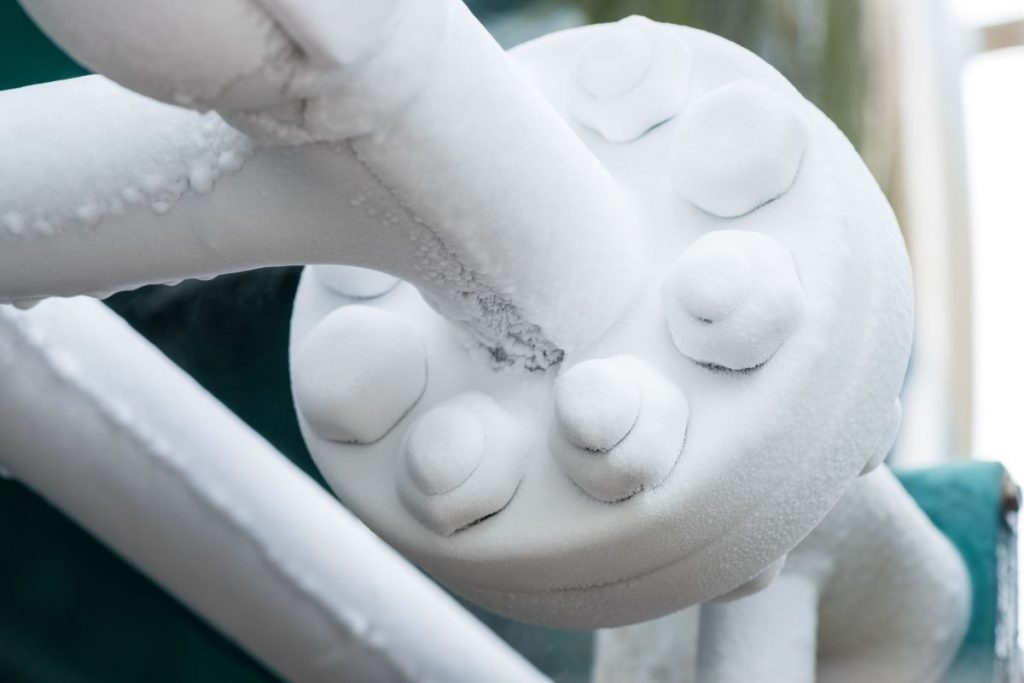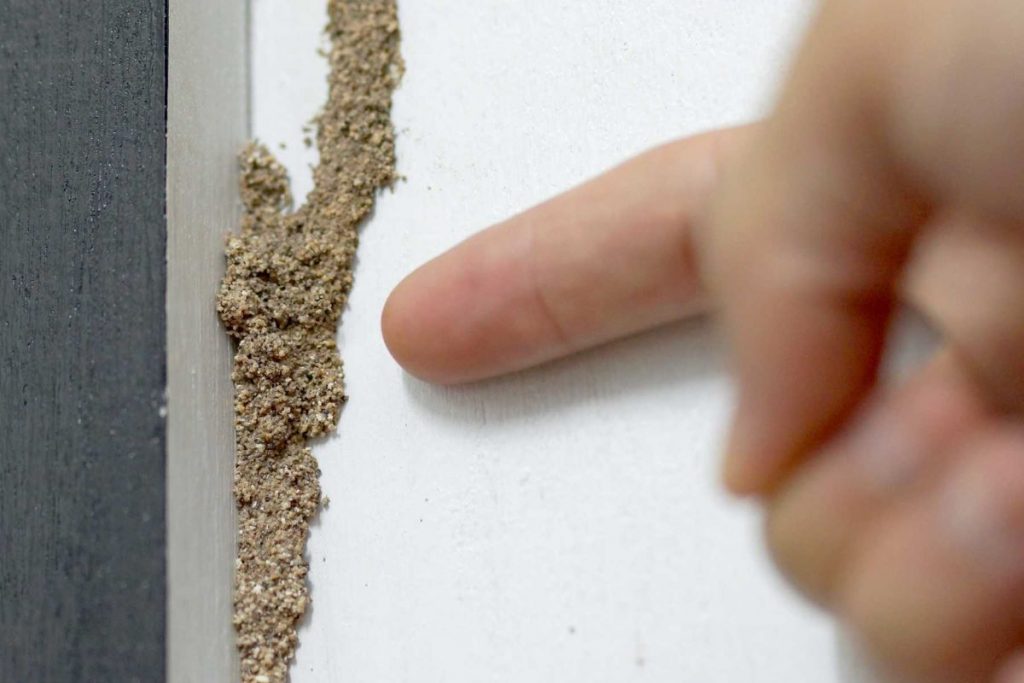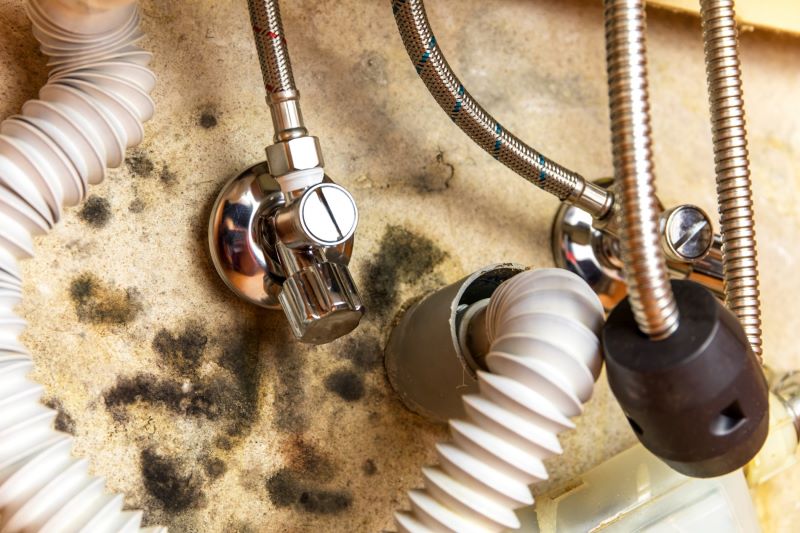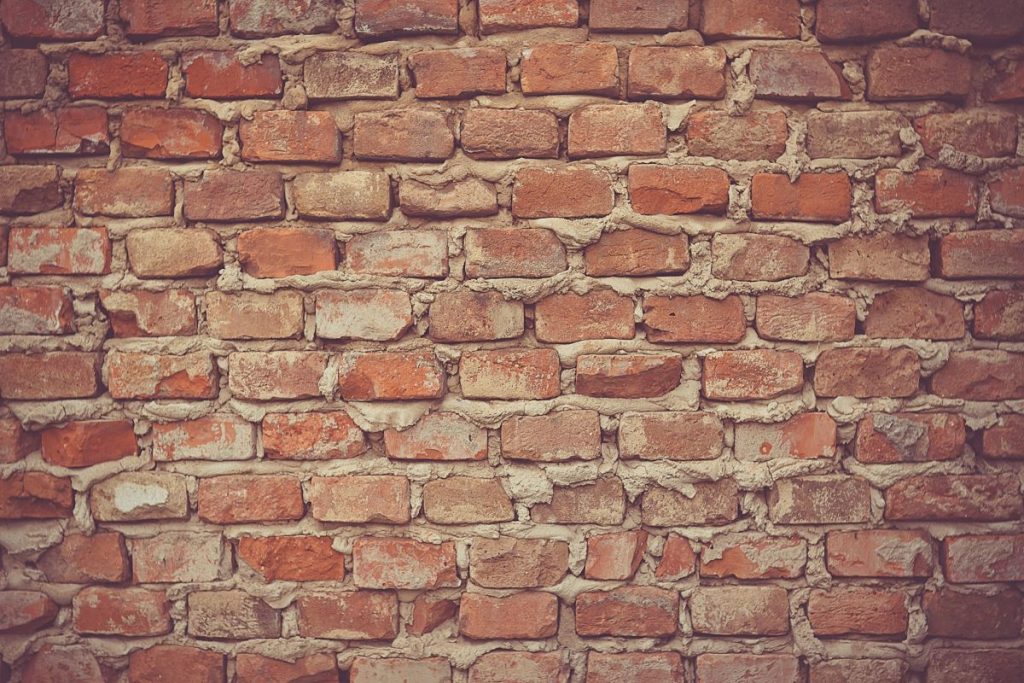Table of Contents
It’s the middle of winter. You turn on your faucet for a warm bath or to wash the dishes and no water.
Uh oh. You may have a frozen pipe on your hands. Read on to learn how to thaw a frozen drain pipe and how to prevent it from happening again.
Locate Frozen Pipes
The first step in thawing frozen drain pipes is figuring out where the frozen pipe is. Often, it’s just one section of a pipe that is frozen.
If there is no running water in any of your faucets, likely the water main line is frozen. This main line is typically between the water meter and the line’s entryway into your home.
Main lines are supposed to be buried to avoid them from freezing, but it’s worth checking.
If you have no water coming out of just one faucet (or one section of your home), you can look for a frozen pipe on the outside walls, basement or in the attic.
You can use an infrared thermometer to find frozen pipes. This is the easiest way.
For a free option, you can use your hands to feel for a section of pipe that is cold. Pipes that have flowing water feel much warmer.
Once you’ve located the frozen drain, you can then start thawing it.
How to Thaw a Frozen Drain Pipe
Once you have located the frozen pipe, you are ready to work to thaw a frozen drain pipe. There are a few ways that you can do this.
Thawing Frozen Pipes with Direct Heat
One of the most common ways to defrost a frozen pipe is with direct heat. Many people use a high-power hairdryer. This is a nice, safe, way to try to thaw your frozen pipe.
There’s very little risk of fire and most people have a hairdryer at home already.
All you do is turn on the faucet and direct hot air onto the frozen section of the pipe. Gradually warm the pipe starting closest to the faucet. Work your way toward the frozen core.
You can also use a propane torch or heat gun to thaw a frozen pipe. For this method, you must use extreme caution.
Never use an open flame on PEX or PVC pipes. Never hold the torch directly in front of the copper pipe joints as this can melt the solder and cause leaks. Heating the pipe 12 inches away from the joint is adequate to clear ice.
Remember, both heat guns and propane torches are dangerous pieces of equipment. They can cause fires and cause a pipe to crack or break if you overheat the pipe. Be sure you know how to use a heat gun or torch safely.
Work carefully in good ventilation. Always wear proper personal protective gear. Have a fire extinguisher handy!
Ambient Heat
You can also thaw frozen pipes with ambient heat. This method requires the least amount of work. It’s a great method if you can’t access the frozen pipe easily.
All you need to do is put a space heater on the inside of the house near the frozen pipe. If your frozen pipe is under a sink, open the cabinet and place the space heater near the sink.
As the temperature in the room goes up, the pipe will slowly thaw. Be sure to open the faucet to fully remove all the ice once the main blockage has melted.
Thawing a Frozen Pipe with a Heat Lamp
If you have an infrared heat lamp or an incandescent heat lamp, you can use that to take care of your frozen pipe.
Simply direct the heat lamp close to the frozen pipe and give it time to thaw. Again, open the faucet to unclog all ice buildup. Start near the faucet and move the heat lamp towards the frozen core gradually.
Thaw Frozen Pipes with Electric Heat Tape
Electric heat tape is a special kind of tape with heating elements on the inside. You can buy it at most home hardware stores.
All you need to do is wrap the tape around the frozen pipe. A thermostat controls the temperature. Start low and slowly increase the temperature until all ice is cleared from the pipe.
Jetting
Sewer jetting uses heavy-duty, high-pressure steam machines to thaw frozen sewer lines. Jetting is restricted to drain cleaning professionals to deal with grease, and sludge in commercial drains.
But, you can use the same principle for your frozen pipes at home. You can use a small pump from an aquarium or a small mini-jet for cleaning kitchen sinks.
You will pump warm water into the frozen drain to melt the ice and clear the blockage. You can use cold water as well, but warm water works more quickly.
Prevent Frozen Pipes in the Future
Once your pipe is thawed, you will want to make sure you don’t run into the same issue again.
After all, it’s easier to prevent the problem than to fix it.
There are lots of things you can do to prevent frozen pipes. You can use heat tape on all pipes at risk for freezing. Simply maintain the temperature on the tape so that the water can’t freeze.
Proper insulation all-around your home will protect your pipes from freezing (and can lower your energy bill).
Try to open the cabinets to the under-sink area often to let warm air access those pipes.
Final Word
Now you know how to thaw a frozen pipe drain! We hope this article helped you find and solve the problem in your home.
Come back again soon for more home improvement, real estate, and gardening content.








